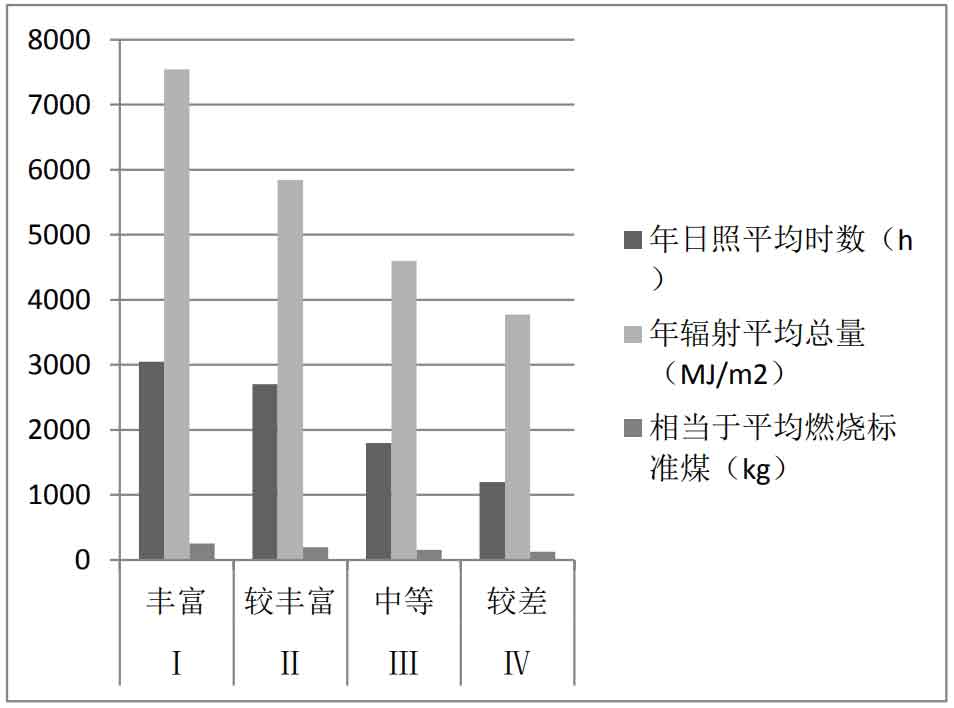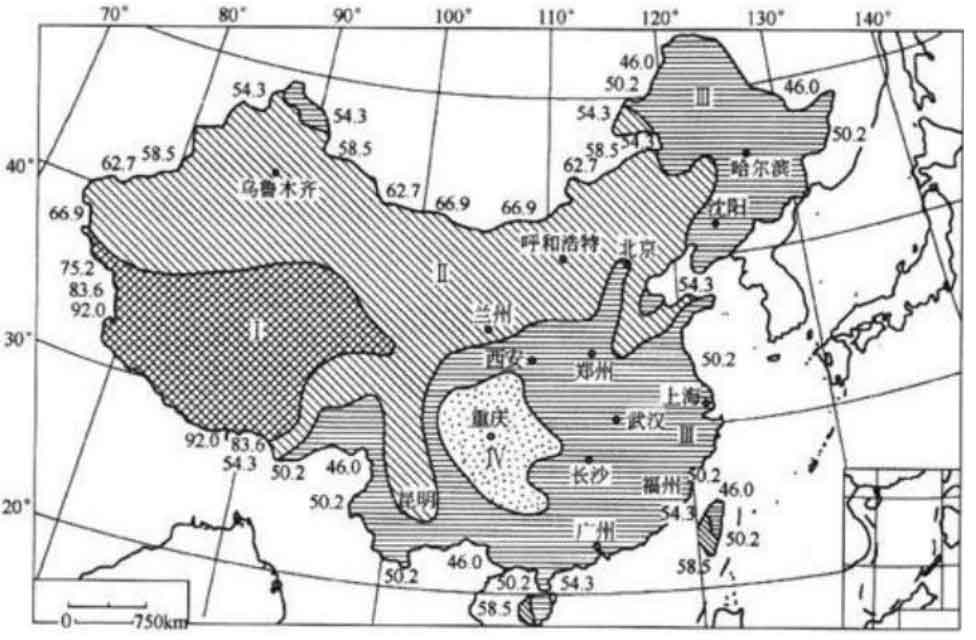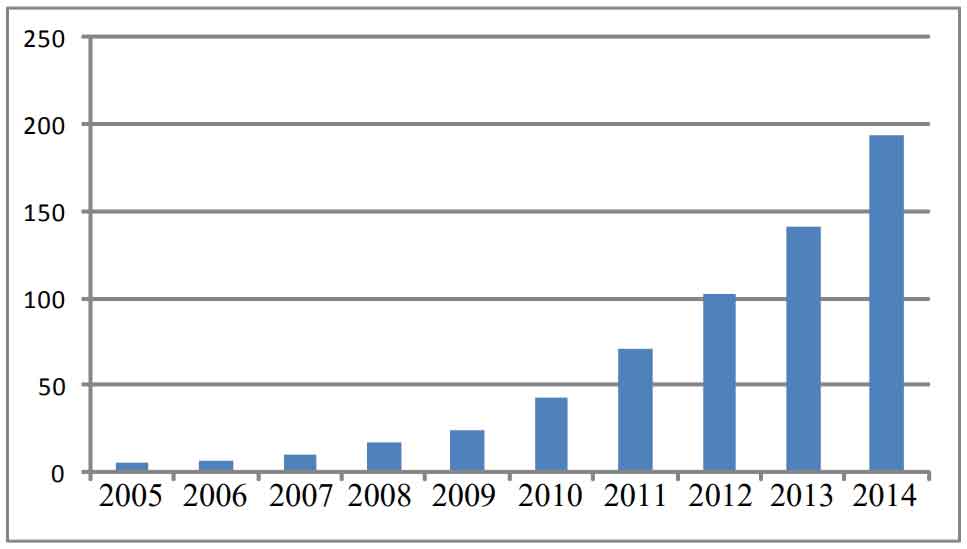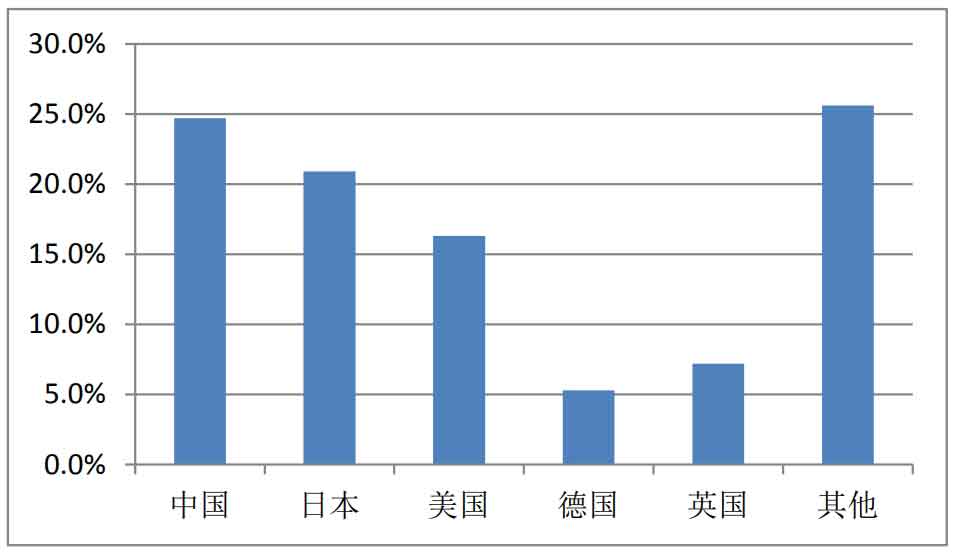At present, the world is still dominated by conventional energy sources such as coal, oil, nuclear energy, and natural gas. However, the storage capacity of these energy sources is gradually decreasing, and they have caused serious pollution to the environment, which has seriously affected the socio-economic development and caused serious harm and threats to human health.With the demand for sustainable development, traditional energy sources have far exceeded human needs, which requires humans to accelerate the pace of developing and utilizing new energy sources.
Although China’s proven coal reserves rank first in the world, due to its large population and irrational economic structure, China’s energy consumption ranks second in the world.With the continuous expansion of China’s economic scale, people’s requirements for material life are rising, and the total amount of energy consumed every year is increasing. It is estimated that in the next five to ten years, it will be difficult to make up for the energy crisis caused by the shortage of other energy sources, close to the increase of coal mining output.And the environmental pollution problems caused by traditional energy sources require us to develop and utilize clean new energy sources to meet energy demand and reduce the pressure on the environment caused by traditional energy sources.
According to energy-related statistics, the reserves of traditional fossil fuels will be exhausted in the next few decades or centuries. However, the power generation capacity provided by clean energy sources such as small hydropower and wind power, which are currently being vigorously developed, is limited, and hydropower and wind power are largely affected by environmental and other factors, which cannot meet the sustainable development needs of humanity.
The energy of the entire earth comes almost entirely from the sun. Although the energy received by the earth is only a tiny fraction of the energy radiated by the sun, the total amount is very large for human beings.According to statistics, although only 6% of the energy radiated by the sun to the earth’s land surface every year, it is equivalent to the energy provided by 290,000 standard coal per second to the earth.According to the data provided by the National Astronomical Observatory, the sun still has a life span of 60 billion years, which is an inexhaustible energy source for human beings, and the development and utilization of solar energy does not cause environmental pollution.Therefore, solar energy is very suitable as one of the main sources of energy needed by human beings in the future.
China has a vast territory and an uneven population distribution, resulting in a situation of sparsely populated areas in western China.In particular, many areas in Xizang and Xinjiang cannot be connected to electricity. In addition, the mobility of many grassland herders in Inner Mongolia has led to many households without electricity. However, these households also have a demand for electricity, so they need some small power generation systems suitable for household use to meet their electricity demand for life and agricultural production.Photovoltaic power generation has advantages over other energy sources, and small-scale photovoltaic power generation systems have high flexibility and reliability, which are increasingly popular among humans.
1. Research status at home and abroad
Most of China is located in the tropics and subtropics, where solar energy resources are abundant.Figure 1 and Figure 2 show the solar radiation resources in China. It can be seen that the northwest region of China has strong solar radiation, good light resources, and long sunshine hours. Moreover, the western region is sparsely populated, with many large areas of Gobi desert and flat terrain, making it ideal for the construction of large-scale photovoltaic power plants.


China’s photovoltaic industry started in the 1970s. From its initial application to satellites to the development of ground-based applications, photovoltaics have been influenced by a series of national policies, and many projects related to photovoltaics have been carried out and have developed well.During this period, photovoltaics were mainly used in communications, lighting, and other fields.However, in the following 20 years, due to the impact of the international energy environment, humans preferred to use traditional energy, resulting in a downturn in the photovoltaic industry, which basically stagnated in terms of both R&D depth and industrial scale.Until the end of the last century and the beginning of this century, due to various reasons, human’s understanding of energy demand has undergone great changes, and the attention to solar power generation has been increased. The solar energy market has begun to be active again under the influence of some policies.
Since the 1990s, there has been great development in global photovoltaics, but there is still a big gap between the domestic market and the foreign market. Moreover, the relative cost of photovoltaic power generation is relatively high, and its competitiveness in the power market is weak. However, the advantages of solar energy in other aspects have led many countries to introduce many stimulating policies, especially Germany, the United States, Japan and other developed countries, to promote the development of photovoltaics, resulting in a rapid increase in the total installed capacity of photovoltaics.
Before 2011, China’s photovoltaic industry mainly relied on the export of solar cells to other countries for support, and developed rapidly.However, after that, the United States and Europe imposed “double reverse” sanctions on China’s photovoltaic industry, which severely hit China’s photovoltaic industry, especially the solar cell manufacturing industry. However, in recent years, with the support of national policies, a boom in the construction of solar power plants has emerged in China, and the current situation of China’s solar industry mainly relying on exports has also been changed, with the focus basically shifting to the domestic market.According to relevant data, the Asian photovoltaic industry has gradually surpassed Europe and is about to become the new core area of the world’s photovoltaic industry.
The Global New Energy Development Report 2014 pointed out that the newly installed capacity of photovoltaic power generation in the world in 2013 accounted for 27.5% of the total installed capacity, and the total installed capacity reached 140.6GW worldwide, of which nearly one third was in China, reaching 12GW, which was 2.3 times that of 2012, and close to the total installed capacity of Europe in 2013.According to the information provided by the National Energy Administration, China’s total installed capacity of photovoltaic power generation grew rapidly in 2014, with a new installed capacity of 10.6 million kilowatts, and the total scale reached 28.05 million kilowatts, an increase of nearly 60% compared to 2013, of which photovoltaic power stations accounted for 83%, and the rest were distributed photovoltaic power generation, which can provide 25 billion kilowatt-hours of electricity for China every year, which is twice that of 2013.Compared with other countries in the world, China’s newly installed capacity accounted for 20% of the global new installed capacity, with an annual increment tensor of over 10 million kilowatts, which completed the plan proposed by the State Council.
From the composition of the newly installed capacity, it can be found that 80.6% of the newly installed capacity is photovoltaic power plants, and the remaining nearly 20% is distributed, which has increased compared to the total of 17%.From a geographical perspective, China’s photovoltaic development has gradually moved away from relying on the western region, and the photovoltaic power generation in the eastern region has also increased significantly, indicating that China’s photovoltaic development trend is moving towards smaller distributed power plants.Figures 3 and 4 are the global cumulative installed capacity of photovoltaic power plants and the distribution of photovoltaic power plants in the world.
In recent years, the global photovoltaic industry has been developing at a very fast speed, and it is an industry with a very good prospect.In the past few years, the annual average growth rate was as high as 36%. However, since 2013, its growth rate has significantly decreased and returned to a more appropriate growth range. However, the total output of photovoltaic cells worldwide is very considerable, reaching 70GW, of which nearly 33% is produced by China.However, as the most important solar inverter for photovoltaic power generation, it lags behind the second-ranked Europe and the third-ranked Japan.
Solar inverter is an important component of photovoltaic power generation. The main applications of solar inverters are:
Large desert power stations, small abandoned land utilization power stations, small commercial roof power stations, and household power stations have decreasing power generation capacity. Household power stations generally have a power generation capacity of less than 4KW. With the continuous development of the photovoltaic industry, it has driven the continuous research and innovation of solar inverters.
The main development direction of photovoltaics in China is the construction of large-scale photovoltaic power stations. High-power centralized solar inverters have developed early and are widely used, but the technology of this type of solar inverter has been relatively mature, with few innovations in hardware topology, control methods, and power devices.With continuous research and development, string solar inverters with distributed MPPT function have also developed rapidly.The use of distributed MPPT has driven the development of small and medium-sized photovoltaic power stations, especially in small-scale abandoned land utilization power stations and small-scale commercial roof power stations.In addition, the application of distributed MPPT mode can better achieve maximum power tracking in cloudy weather;when some parts fail, only those parts can be processed without affecting other parts of the system.However, the unit cost of distributed MPPT mode is relatively high, and it has a large impact on the power grid. Due to the large number of modules, it is also difficult to manage.
In recent years, the development of household energy storage solar systems and micro-inverters has been extremely rapid abroad. Japan has installed hundreds of thousands of household energy storage photovoltaic power generation systems in recent years, and micro-solar inverters have made great progress mainly in the United States.This type of solar inverter has a small inverter capacity, flexible control, and convenient use, but its unit power generation cost is high. China started late in this area, and there is still a certain gap between China and Japan, Europe and the United States in terms of research and application popularity.
Solar inverter technology is developing rapidly, and the types of solar inverters will become more diverse.The capacity of large-scale solar inverters will continue to increase. Distributed MPPT modules will develop towards more flexible use, higher safety performance, and stronger artificial intelligence. Inverter efficiency and operational stability will continue to be improved, providing high-quality power to the grid and reducing pollution to the grid.
2. Main research content and innovation
2.1 Main research content
An off-grid solar inverter for households in areas without electricity has been designed. As the areas without electricity in China are mainly in the west, where the environment is harsh, this article focuses on the design of solar inverters with high reliability, strong applicability, good safety, and low cost. The chapter distribution of the full text is as follows:
1). Introduced the energy situation of photovoltaics in the world today and the necessity of developing photovoltaic power generation.Detailedly introduced the research status of photovoltaic power generation at home and abroad in recent years, the installed capacity of photovoltaic power generation worldwide, and the research status of solar inverters;
2) Elaborated the design of the overall framework of the off-grid photovoltaic inverter system, introduced the functions of the system related modules, set the system related parameters according to the requirements;designed a maximum power tracking method for solar panels based on the output characteristics of solar panels;designed a charging method for batteries based on the charging characteristics of batteries, in order to achieve the best and fastest charging of batteries, and based on the power output of solar panels;
3) According to the requirements of system function design, select the appropriate digital processor and calculate the parameters of main components and select the model, and design the peripheral circuit of the control chip.Research the SPWM modulation method to determine the control method of the inverter circuit.
4) Design the DSP control software to meet the system control requirements;
5) Perform matlab/simulink modeling and simulation of the full-bridge inverter circuit and MPPT;build an experimental prototype and analyze whether its output meets the requirements.
6) This is a summary of the research, and it is hoped that some of the shortcomings of the design can be improved in the future.
2.2 Main innovations
A disturbance observation method for preventing “false judgment” is proposed. When the solar cell suffers from false judgment under the influence of external environment, this method can effectively prevent the MPPT control module from continuously disturbing in the wrong direction, resulting in a serious deviation from the maximum power output point of the solar cell and affecting the system tracking rate.


